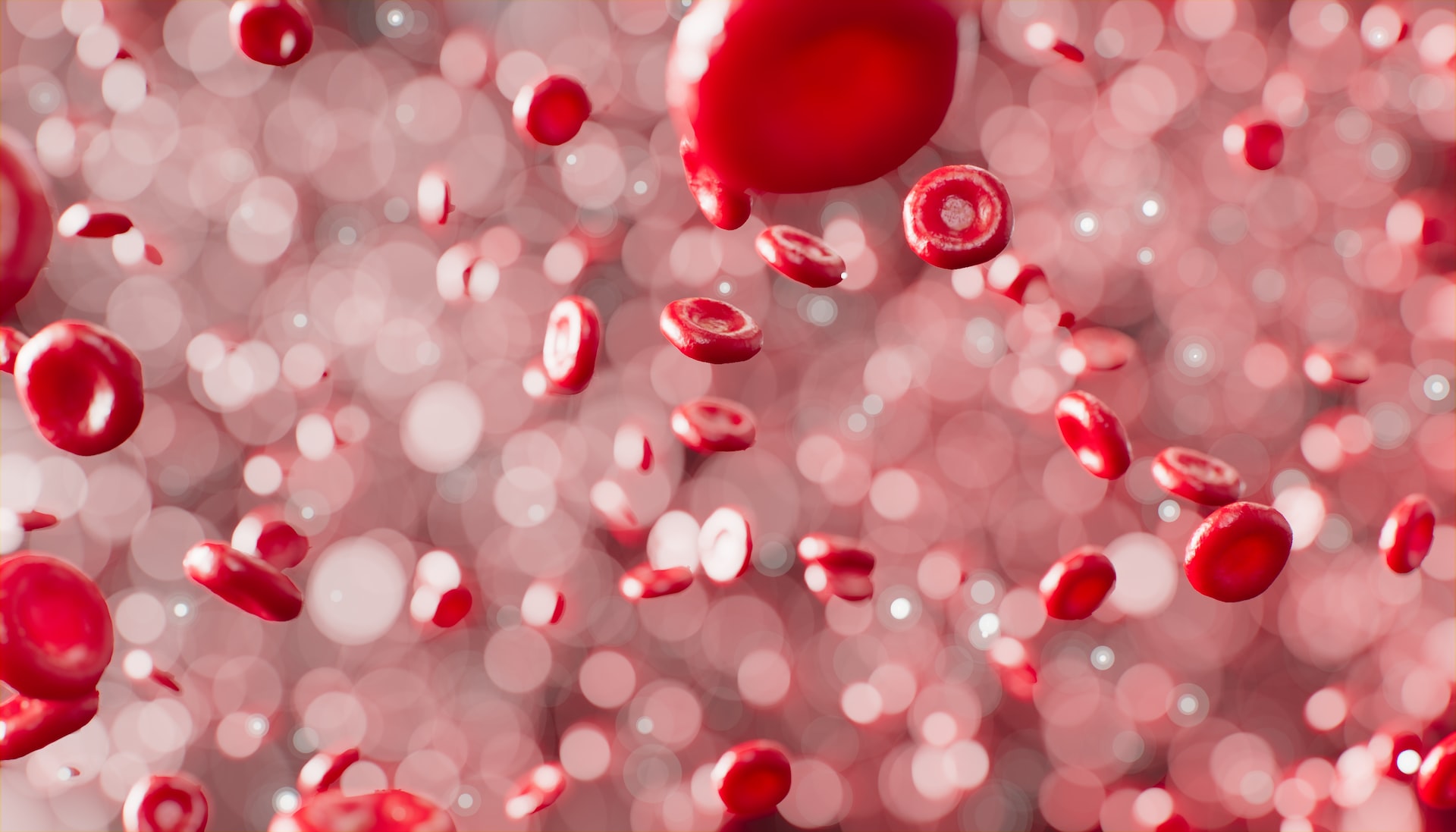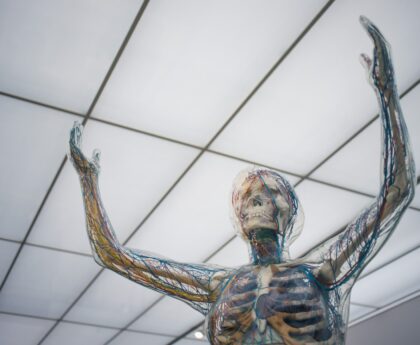The human heart is a muscle the size of a fist. It beats more than a hundred thousand times a day, over seventy years – that’s more than two billion heartbeats. The heart pumps 23 liters of blood per minute. Blood flows through the body, passing through an intricate system of arteries and veins. If all the blood vessels in the human body were drawn in a single line, you would get 96,000 kilometers, which is more than twice the circumference of the Earth. Until the beginning of the 17th century, the circulatory process was misrepresented. The prevailing theory was that blood flowed to the heart through pores in the soft tissues of the body. Among the adherents of this theory was the English physician William Garvey. The work of the heart fascinated him, but the more he observed the heart beating in animals, the more he realized that the generally accepted theory of circulation was simply wrong. He writes unequivocally, “…I wondered if the blood could not move as if in a circle?” And the first sentence in the next paragraph: “I subsequently found out that it was…”. While performing autopsies, Garvey discovered that the heart had unidirectional valves that allowed blood to flow in only one direction. Some valves let blood in, others let it out. And that was a great discovery. Garvey realized that the heart pumps blood into the arteries, then it goes through the veins and, closing the circle, returns to the heart to then start the cycle all over again. Today this seems like commonplace truth, but for the 17th century, William Garvey’s discovery was revolutionary. It was a devastating blow to established medical beliefs. At the end of his treatise, Garvey writes: “At the thought of the innumerable consequences which this will have for medicine, I see a field of almost limitless possibilities.




